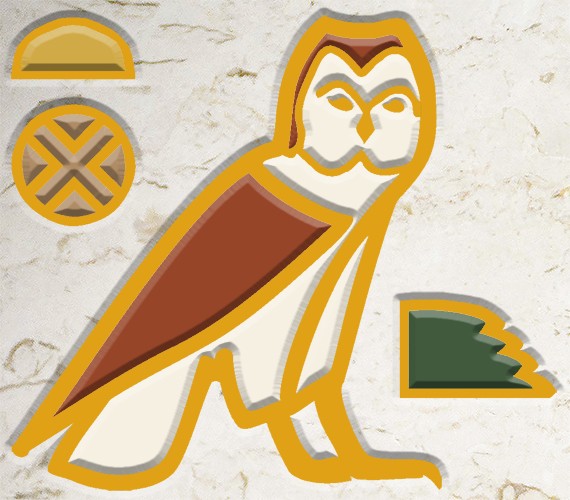Kamat is a research organization in California, USA for the reconstruction, reproduction, and reenactment of the Ancient Egyptian Culture. Utilizing the latest in scientific research and the anthropological principles of Egyptology, Egyptian archaeology, cognitive archaeology, indigenous psychology, and cultural psychology, Kamat seeks to understand what the ancients felt and thought in all facets of their lives. Kamat also utilizes the techniques of experimental archaeology to physically reconstruct culturally significant aspects of ancient Egypt.

Kamat
Kamat (km.t) is a compound word meaning black locality. It refers to the rich black soil that surrounds the Nile. This configuration of hieroglyphs is from the Obélisque de Louxor of Ramesses II, currently at Place de la Concorde in Paris, France.
km

In Gardiner Classification: {I6} – crocodile skin with spines; {G17} – Owl; {Y1v} papyrus rolled up and sealed, vertical
The Wörterbuch der Aegyptischen Sprache – (Dictionary of the Egyptian Language) lists no less than 24 different terms of km indicating ‘black’ such as black stone, metal, wood, hair, eyes, and animals. However, at no point in the ancient Egyptian language is km used to describe people.
t
{X1} – Bread; {O49} – Village with Crossroads
The determinative O49 is used to designate the term for ‘country, inhabited/cultivated land’, called the niw.t (a political designate). It is a circle with a cross which represents a street, ‘town intersection.
Establishing Kamat as referring to the black soil is the ancient Egyptian word for desert and diametrically opposed locality to the ancient Egyptians:
dSr.t, (dashrat) is a compound word of the word ‘red’ and the word for locality.
{D46} – hand {N37} – pool {D21} – mouth {X1} – Bread {O49} – Village with Crossroads




Be First to Comment